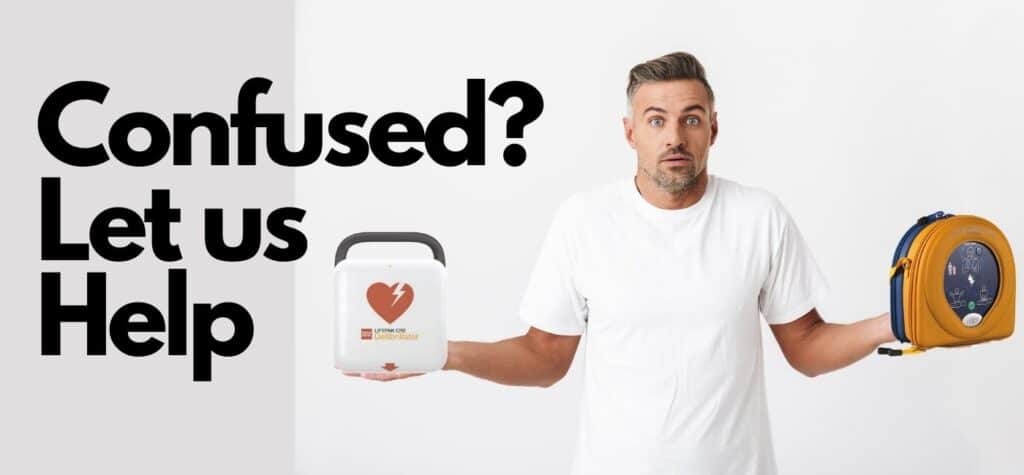Do Defibrillators Expire? Keeping Your Life-Saving Unit Rescue Ready

Like any life-saving medical device, automated external defibrillators (AEDs) have essential components that don’t last indefinitely. For most defibrillators, the units themselves can operate for many years, while the batteries and electrode pads must be replaced when used or when their standby life is up.
To ensure your AED is always rescue-ready when seconds count, it’s crucial to stay on top of swapping out these consumable items based on the manufacturer’s guidelines. Having outdated batteries or pads can compromise the AED’s life-saving capabilities when you need them most.
Defibrillator Battery Life Expiry
The lithium battery packs that power AEDs are designed for long-term standby operation, but not indefinitely. Different AED models have varying battery life expectancies:
- Defibtech Lifeline AED: 7-year battery
- Heartsine samaritan PAD 360P: 4-year battery
- Lifepak CR2: 4 Year Battery
Once a battery reaches its expiration, its ability to reliably deliver the required high-energy defibrillation shock becomes compromised. Replacing it with a fresh battery restores the AED to full operating specifications.
Of course, you’ll need to replace batteries as soon as the defibrillator is used anytime within it’s expiry time.
Electrode Pad Expiration Dates
In addition to batteries, those adhesive electrode pads that get applied to the patient’s bare chest also have strict expiration dates you must follow:
- Zoll CPR D PAdz- 5 Year Life
- Defibtech Adult Pads: 2 Years
- Lifepak CR2 Pads: 4 Years
Heartsine 350p/360p/500p come with a combined battery and pad pack that you can click in that has a 4 year standby time.
The conductive metallic gel on the pads can dry out over time, reducing effectiveness. Once used, pads should be discarded and replaced regardless of dateafter a rescue.
Replacing Expired Components
For most AEDs installed in workplaces, schools, or public spaces, both the battery and pads need to be replaced at their expiration intervals – typically every 4 years if the unit hasn’t been used.
This routine “swap out” replaces any dated components and ensures the AED retains its full capabilities for analyzing heart rhythms and delivering the rated charge. Most AED models make this easy with self-contained battery and pad packs.
If your AED does get used in an emergency, those same components will need immediate replacement before returning it to service, regardless of remaining life.
Long AED Service Life with Proper Maintenance
While batteries and pads do eventually expire, the AED devices themselves are designed for a much longer service life with proper maintenance and part replacements:
- HEARTSine offers an 8-year warranty on the AED
- Defibtech has a 7-year AED warranty
These warranties cover repair/replacement if issues arise with the non-consumable AED components.
Eventually Replacing Aging Models
Of course, even with great maintenance, every AED model will reach an “end-of-life” cycle when batteries and pads are no longer produced for that aging device.
However, this is typically because newer AED models with enhanced features and capabilities have been released that can better aid in saving lives. Facilities would want to upgrade at that point anyway.
The key is not letting your current AED lapse on battery or pad replacements in the meantime. With proper part rotations on schedule, your life-saving unit can easily provide 8+ years of service before any upgrade is needed.
So while AED devices don’t technically expire, the critical battery and pad components absolutely do based on manufacturer schedules. Following those replacement guidelines is essential for maintaining an AED’s full rescue capabilities year after year. Don’t skip this critical safety step!
Want to learn more about AED’s? Check out our article on understanding defibrillator function and use.
Or to compare defibrillators: Try our selector tool!





